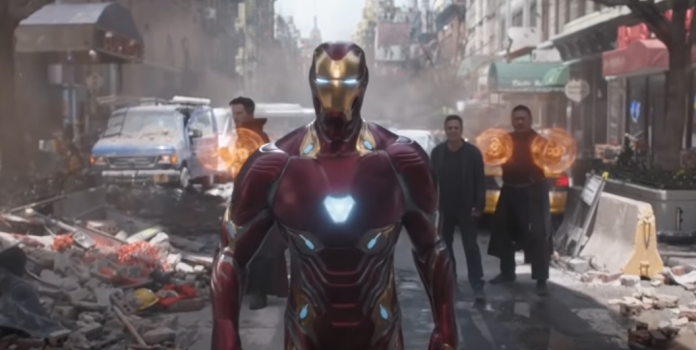One of the highlights of filmmaking is pre-production, when a location scout teams up with the director and production designer to visualize a movie scene in the real world. Location scouts not only track down filming locations that will most likely suit a scene but also handle its logistical and legal aspects. Members of the Location Managers Guild International (LMGI) attended SDCC ‘20 to reveal insider scoops on some of Hollywood’s top box office hits, including movies like Captain America: Civil War, Constantine, Star Trek: Picard, Ready Player One and more.
Scouting for filming locations begins with translating the script to practical locations, said Jeff Hunter (Star Trek: Picard). Besides getting permits from the highway patrol for driving shots, catering and parking, being a problem-solver is an added responsibility on set. James Lin (Avengers: Endgame and Captain America: Civil War) feels constantly challenged in this field, mostly while trying to balance creative wants with production needs. “There have been a number of instances where the production designer had asked for a never seen before location,” Lin said. “How that correlated to Avengers: Infinity War and Endgame is that I had to balance the logistics of getting a crew of 250 to 600 people on certain days to a location.” He also emphasized the importance of retaining security for not only the staff and talents but also for the intellectual property that they were trying to convey on the big screen.
But the issues that rise with natural locations are unlike owned properties. While filming 1917, Emma Pill (Blade Runner 2049 and 1917) had to conduct surveys with ecologists and conform with the local regulations on protected wildlife. “We had to make sure we protected ponds and puddles,” Pill said, speaking about the fairy shrimps that inhabited water bodies in Wiltshire. Location scouts also scan grounds to avoid digging up burials, top soil or water mains. “I didn’t want to go down in history as the location manager who cut off half of Wiltshire from supplies!” Pill joked. “That’s what I love about our job, you find and learn subjects that you wouldn’t normally have.”
Most location scouts have a tight schedule for months. It’s worse for the TV industry, where filming takes much longer compared to movies. Despite the burden of time shifts, Jen Farris (Constantine) would prefer the former due to its pace. “There are more stories to tell on a TV show, and I love building those relationships with neighbors, and businesses or municipalities because I have more opportunities to engage with them,” she said. Farris also noted feature films having a higher budget that often acts as a “cushion that TV shows sometimes don’t have the luxury of having.”
After pushing through hours of planning and executing, only a handful of location scouts get admitted by the Academy of Motion Picture Arts and Sciences, and Lin suspects the scarcity of scouts has to do with this lack of recognition. “I do believe that the Academy will actually start to include as well as invite more location scouts and managers,” he said. “In my humble opinion, [AMPAS] does thrive on having a membership that is more creative.” Lin also expressed the importance of diversity within the locations department as an important factor in filmmaking. “One of our first honorary members, Lori Balton, and Kokayi Ampah have been hugely instrumental in leading the way to having more diverse membership within the Academy,” he added. But for Farris, having the LMGI annually acknowledge location scouts’ work is rewarding as well.
While shortlisting their filming spots, these scouts document locations by physically visiting them, where they have to photograph and make notes of their observations. Some locations that fall under high-security clearance, like the F.B.I.’s J. Edgar Hoover Building, the White House or special collections room in certain museums don’t allow photography inside. Hunter said airport body scanners have nothing on the ones inside the F.B.I building and said “just the protocol to get in to take pictures of a location that may or may not work is incredible.” Scout Asha Sharma (Guardians of the Galaxy and Ready Player One) shared a somewhat similar experience, and said that she gets insight into places due to her role that the general public never gets to see.
For those who are keen on exploring this aspect of filmmaking, Sharma suggested looking at local crew directories, LinkedIn and other service companies, and approaching professionals for internships or work experience with a mentor. “Initially, find someone that you can work with [as] a mentor and then work in teams that you enjoy working with,” Sharma shared. Regarding the AMPAS recognition, Lin mentioned that getting “letters of support” from production designers, set decorators and producers is important.
Miss any of our other SDCC 2020 coverage? Click here for much more!










